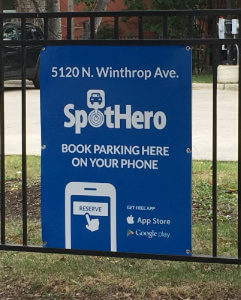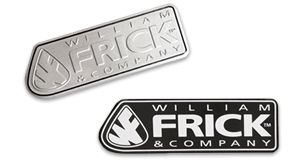Asset Tags
Quickly identify, locate, manage, inventory and prevent theft of assets with asset tags. Asset tags are used to mark anything from tiny tools to large pieces of equipment in industries spanning from education to manufacturing and everywhere in between. They contain various types of information including branding, text, barcodes and serial data. Custom asset tags are available in a variety of colors, finishes, shapes and sizes.
Metal Asset Tags
Metal asset tags are great for when asset labels and plastic tags won’t do the job. They are more durable than labels and perfect for harsh environments including extreme temperatures, heavy abrasion, and UV and chemical exposure. Metal asset tags are typically printed, embossed or etched on the surface of the tag.
Stainless Steel Asset Tags
Stainless Steel Asset Tags are the most common metal asset tag. They are corrosion resistant and great for ultimate harsh environment durability. Their embossed or etched graphics stay legible for 20+ years. These tags are weather, chemical and abrasion resistant. Stainless steel asset tags are typically heavier than aluminum asset tags, giving them extra strength and durability. They are great for applications with frequent cleanings of strong chemicals such as food processing, healthcare and labs.
Aluminum Asset Tags
Aluminum asset tags do not rust or corrode. They are most often used in manufacturing and utility industries. These tags can be anodized to seal in the graphics to provide long lasting features that stand up to abrasion, UV, chemicals and outdoor exposure.
Photo Anodized Aluminum Asset Tags
Photo anodized aluminum asset tags are the most durable aluminum asset tag option, standing up to even the toughest conditions. The photo anodized process seals the print below the surface, providing ultimate protection from corrosion, abrasion, UV, extreme temperatures and chemicals. The black print is crisp, fade and wear resistant and lasts 20+ years in harsh environments. These tags are great for variable and serialized information.
Zinc Asset Tags
Zinc asset tags offer super deep etching for high definition and detailed graphics. These decorative asset tags are offered in a variety of finishes and great for logos and branding products.
Asset Tag Labels
Asset tag labels, like metal asset tags, offer a large variety of options. There is an assortment of permanent and removable adhesives to choose from including high and low surface energy options to ensure the labels will stick to any asset. Using reflective material adds night time visibility and increases the read range of barcodes. Asset tag labels are great for indoor and general use applications.
Tamper Proof Asset Tags
When employees know their workplace keeps close track of certain assets, they are less likely to steal them. Tamper proof asset tags are nearly impossible to remove, breaking apart when removal is attempted. They can also leave VOID messages on the asset to easily identify if assets have been tampered with. Tamper proof asset labels are great for high value assets such as laptops, monitors, computers, printers and other electronic devices.
Asset Tag Ties
Not every application will be suitable for metal asset tags or labels; however, that doesn’t mean those assets shouldn’t be tagged and tracked. Asset tag ties are great for applications where other options will not work. These tags easily attach and hang from the asset using a zip tie, string, twist tie, etc., making them easy to identify, track and reuse if an asset is updated.
RFID Asset Tags
RFID asset tags work much like barcode asset tags. RFID chips can be easily scanned with a mobile device or RFID reader depending on the type of chip used. RFID asset tags provide many benefits over barcode asset tags including reading multiple asset tags at once, saving time on inventory and locating assets; increasing read ranges, allowing tags to be read from up to 100+ feet; and additional security with data encryption and the inability to reproduce or copy the label or tag.
Asset Tracking System
Asset tags can be easily read by the human eye or tracked using an asset tracking system. An asset tracking system can track and manage all assets’ data in one location. This helps save time taking inventory and locating assets. Asset tracking systems also help monitor and manage equipment usage, as well as their maintenance and repair schedules and records. To easily implement an asset tracking system, it is important to incorporate QR codes, barcodes or RFID chips in the asset tag. These technologies allow for quick scanning of assets to upload the data into the system instead of manual entry.
Conclusion
Asset tags have many benefits including quick and easy identification, locating, inventory management and theft prevention. Every application, like every asset tag is unique in its own way. No matter the asset tag, metal or label, the attachment method, size, shape, color, image, text, barcodes and serial numbers can all be tailored to create your own custom asset tag.






